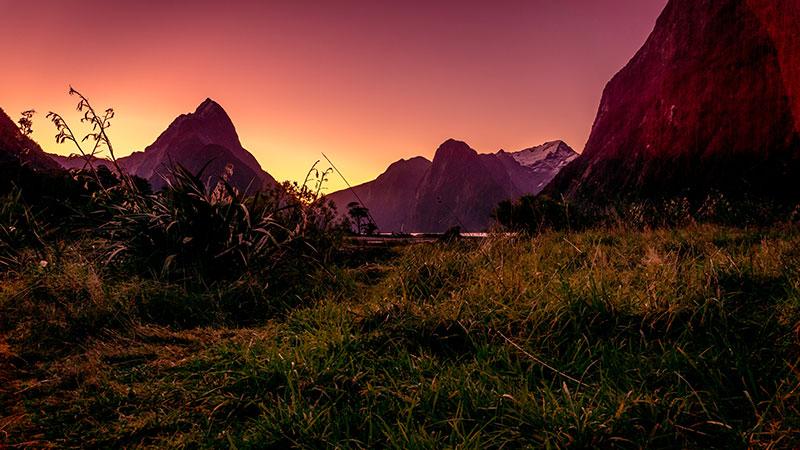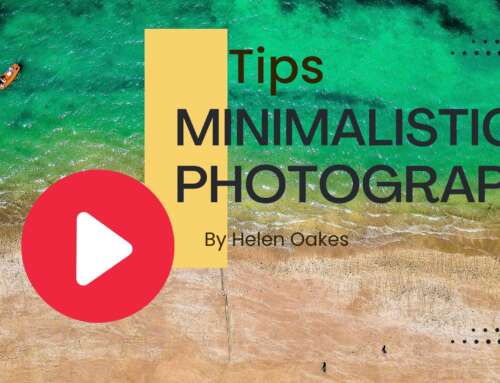
A recent trip to Milford Sound gave me an opportunity to make do with the gear I had at the time and improvise. I didn’t have a tripod, a cable release or anything to help me set up a long exposure shot. The sun was going down fast and I had a very small window of light.
I improvised and used things that had worked in the past. Whenever I am faced with these opportunities to get a sunset shot, but I don’t have all my gear on me, these are the steps I follow to get that magical shot.
5 Sunset Tips to Help You Get Magic Photos
Find a Stabiliser
Go about finding objects that can act as stabilisers. A bench, railing, rock, piece of driftwood, your camera bag or something fairly flat that will keep your camera stable. Eliminate camera shake even without a cable release and your shots have the potential to be amazing.
Long Exposure
Put your camera on bulb or use a long exposure to let more light into your photo. This will lessen the digital noise in your shot, especially if you lower your ISO and lengthen your shutter speed time.
Get off Program
Take a number of shots at different settings on Manual so you can work out the optimal shutter speed and aperture. If you keep your camera on Program then you will either get a dark photo as your camera will be trying to compensate for a bright sky. Or you will get a bright photo as your camera will compensate for the dark foreground. Either way, it probably won’t result in an optimal shot.
Exposure Compensation
When you use exposure compensation you can set your camera to take shots at different exposures which will enable you to either stack your photos together in another editing programme or you can pick the optimal photo from a group of shots. To do this you need to find your exposure compensation menu on your camera and set it to take around 3-5 photos at different exposure intervals.
For example, you can set the camera to take a photo at the camera’s recommended setting, then go up 1/3 of a stop (overexpose) and go down 1/3 stop (underexpose). Then you will have 3 photos that you can stack together to get an image with more dynamic range. You can choose any amount of over and underexposure, within reason, to get your desired result.
On Camera Timer
Set your camera’s timer for 3-10 seconds and then you will get a stable shot and you will eliminate camera shake. You will want to do a long exposure for your sunset shots to allow more light in the shot, so the best way to eliminate a blurry shot is to not touch your camera while it is taking a shot. Any small wobble will produce some movement so set up your timer for a blur-free shot.
Conclusion
Whenever you are faced with the opportunity of getting a beautiful sunset, don’t think you can’t take a shot. Make do with what you have on hand and improvise. You can always get a shot if you think outside the square. I’m sure there are more good improvising methods out there. Please comment if you have some.
P.S. If you like this article, please click “like” or provide comment, as that will motivate me to publish more. Share and inspire. Thank you.








Leave A Comment